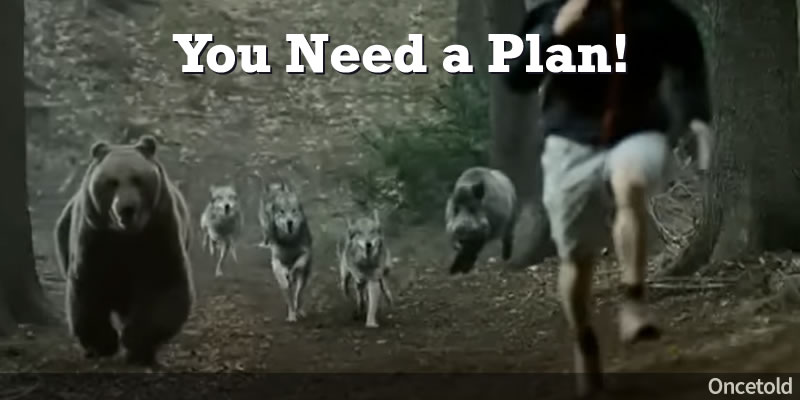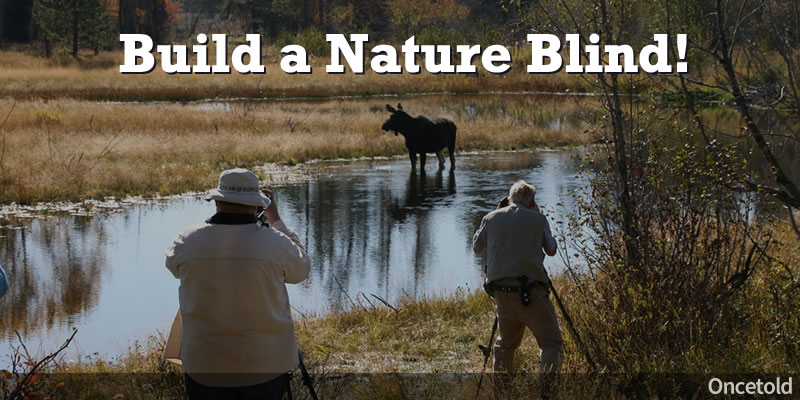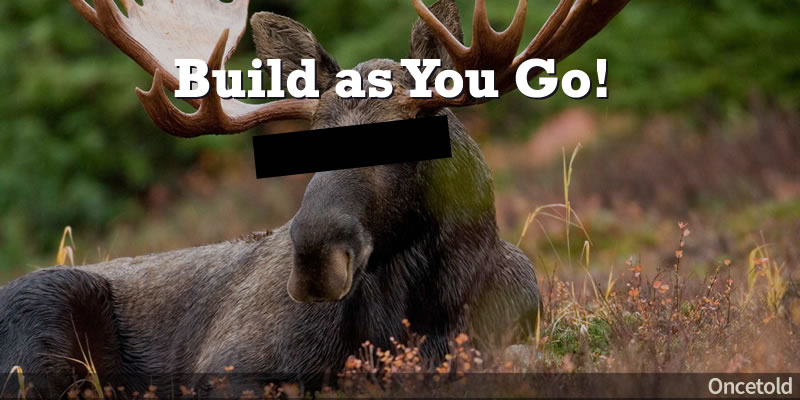
What is Episode Planning?
Episode Planning is all about taking your podcast's defined purpose and aligning it with your target audience to create episodes they will enjoy.
Episode Planning is a System
Every podcast is made up of systems. At a minimum, most podcasts have five (5) systems:
- A system for thinking up ideas
- A system for creating episodes (You Are Here!)
- A system for editing audio
- A system for publishing
- A system for finding your audience
Episode planning IS your system for creating episodes.
Planning Season
While episode planning can be done anytime, it should be done before you ever start any podcast. Do not start a podcast without first going through the episode planning process at least once.
However, once you start, you should revisit your plan after every episode to make sure you don't need to make any corrections.

Why Episode Planning Matters
If you don't know where you're going, any road will take you there. This is why when you don't do episode planning before you start your podcast you risk driving down the road without a map.
When your audience is down one specific and tiny road you need to make sure your directions are correct. Bad directions mean getting lost.
No map equals no audience!
Walking the Path
Episode Planning includes eight (8) incremental steps:
- Purpose - Why are you doing this?
- Direction - Who is this for?
- Filtering - Find good sources
- Observation - Lurk with a purpose
- Bucketing - Sort and find patterns
- Selection - Choosing the best themes
- Prioritization - Picking the stories
- Scheduling - Establish an order
Internal Purpose
The first step in the planning process requires you to define the reason (or reasons) you want to create a podcast in the first place.
The benefit of knowing your purpose is that it can serve you in becoming a driving factor that helps you keep podcasting when it gets hard.
External Direction
Once you know your purpose, you can define your direction. Direction is the clear understanding of who this podcast is for.
While your perspective is internal to you, your direction is external. It is the reason you give your audience why they should listen.
The goal of this step is to define your WHY statement, a single sentence that establishes the reason your podcast exists.
Finding Good Sources
Next, with your WHY statement at the ready, you can use it as a clear constraint for finding sources that serve your audience.
By applying this filter to your search for credible and reusable sources you can narrow your focus and discard anything that does not match your direction.

Lurking with a Purpose
With each source you find, you are taking notes on what your potential audience both wants and needs. These could be anything from a few words to a few sentences, just enough to get the main idea and where you got it from. It should be just enough to inspire a story.
However, not all sources are equal.
Each of your sources -- websites, blogs, articles, forums, social media posts, scholarly, papers, books, newspapers, other podcasts, experts, witnesses, etc -- will need to be inspected, judged, and ranked.
This will provide you with a short list of sources that can provide you with renewable value. These sources become your deep well of information.
Finding Patterns
After collecting numerous notes from sources that you can trust, you will be left with an unorganized collection of insights and story ideas that you will have to sort into buckets.
Each of these buckets -- or story buckets -- is simply an organized collection of your notes that all center around a central theme.
What these themes are called is an exercise in guided judgment. Because you are the creative mind behind this effort, you will get to decide which theme applies to which logical story bucket.
The story buckets step takes the longest, mainly because there is no right or wrong answer to how you decide on organizing them into themes.
Finding Patterns within Patterns
Sometimes, a certain theme clearly belongs to one story bucket, only to discover that that theme is actually two similar but separate themes.
This is where you discover the topics no one else is talking about!
While it takes time for these themes to materialize, over time you will start to see better theme groupings appear inside each of your buckets you didn't notice before.
You cannot help but notice them!
Choose the Best Themes
With all your research organized into themes, the next step is to decide which themes you want to tackle first.
These are the ones that inspire you, can be developed into a series, or simply have the most topics.
Choose the Best Stories
Having your top themes selected, you can now start to think of your story arc. This is how you establish a logical structure for which stories best represent the selected theme.
The selection and priority of these stories will ultimately form how the overall narrative will flow within each theme.
Establish an Order
The final step in the process is establishing the order you will tell these stories.
It is a list, divided by theme, of episode topics that you, and by extension your audience, will find the most compelling.
It is also your roadmap to creating recording session schedules, detailed scripts, teasers, and what you should be working on next for all your episodes.
By the end of the process a collection of reliable sources and a schedule of episodes that connect with your purpose and your target audience.
Now, you are ready to record your podcast!






